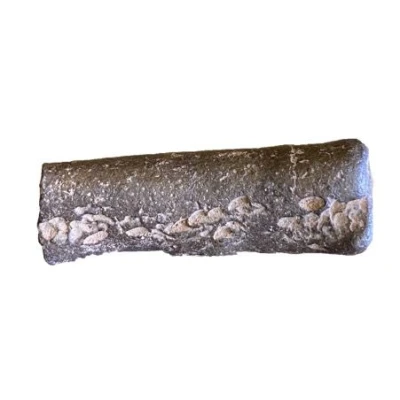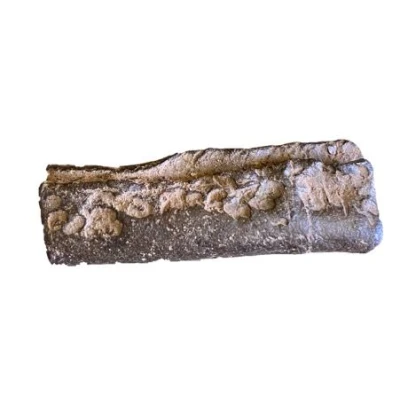


Gambar tin ingot currency ND
| Tin | 35 g | - |
| Issuer | Sultanate of Palembang (Indonesian States) |
|---|---|
| Type | Standard circulation coin |
| Years | 1710-1825 |
| Currency | Keping |
| Composition | Tin |
| Weight | 35 g |
| Size | 75 × 10 mm |
| Shape | Other (Shaped bar) |
| Technique | Cast |
| Demonetized | Yes |
| Updated | 2024-10-05 |
| Numista | N#410939 |
|---|---|
| Rarity index | 97% |
Reverse
Blank.
Comment
The gambar is a formed rectangle of tin that is then folded, sometimes creating a sealed edge, sometimes leaving an open ‘canoe’ shaped gap. Between 1710 and 1825 the Sultanate of Palembang discovered and mined huge deposits of tin on Bangka Island. Tin was the common currency material on Sumatra and in the wider region. In addition to minting coins, one of the ways in which tin entered the currency market was through small ingots, weighing between 5g and 40g, which could then be put on strings and used in market places and turned into other forms of currency or used in manufacturing processes. These objects sit on the boundary between what Mitchiner calls ‘monetary’ items and ‘commercial’ items. Mitchiner argues that these ingots were means for getting tin into the marketplace during the surplus production period of the 18th century, but others (e.g. Quiggin) consider them to be a form of money.
See:
Michael Mitchiner, ‘The circulation of tin in Palembang (Sumatra): Its monetary and non-monetary functions: Tin and lead ingots, animals and talismans’, Journal of the Oriental Numismatic Society 214 (2013), 25-33
A Hingston Quiggin, A Survey of Primitive Money (London, 1949), 251-257
Interesting fact
One interesting fact about the Standard circulation coin Gambar (tin ingot currency) ND (1710-1825) from Sultanate of Palembang (Indonesian States) made of Tin weighing 35g is that it was used as a form of currency in the Sultanate of Palembang during the 18th and early 19th centuries. The coin was made of tin, which was a valuable resource in the region at the time, and it was used to facilitate trade and commerce within the sultanate and with neighboring regions. Despite its small size, the coin played an important role in the economy of the region and is now a sought-after collector's item among numismatists.